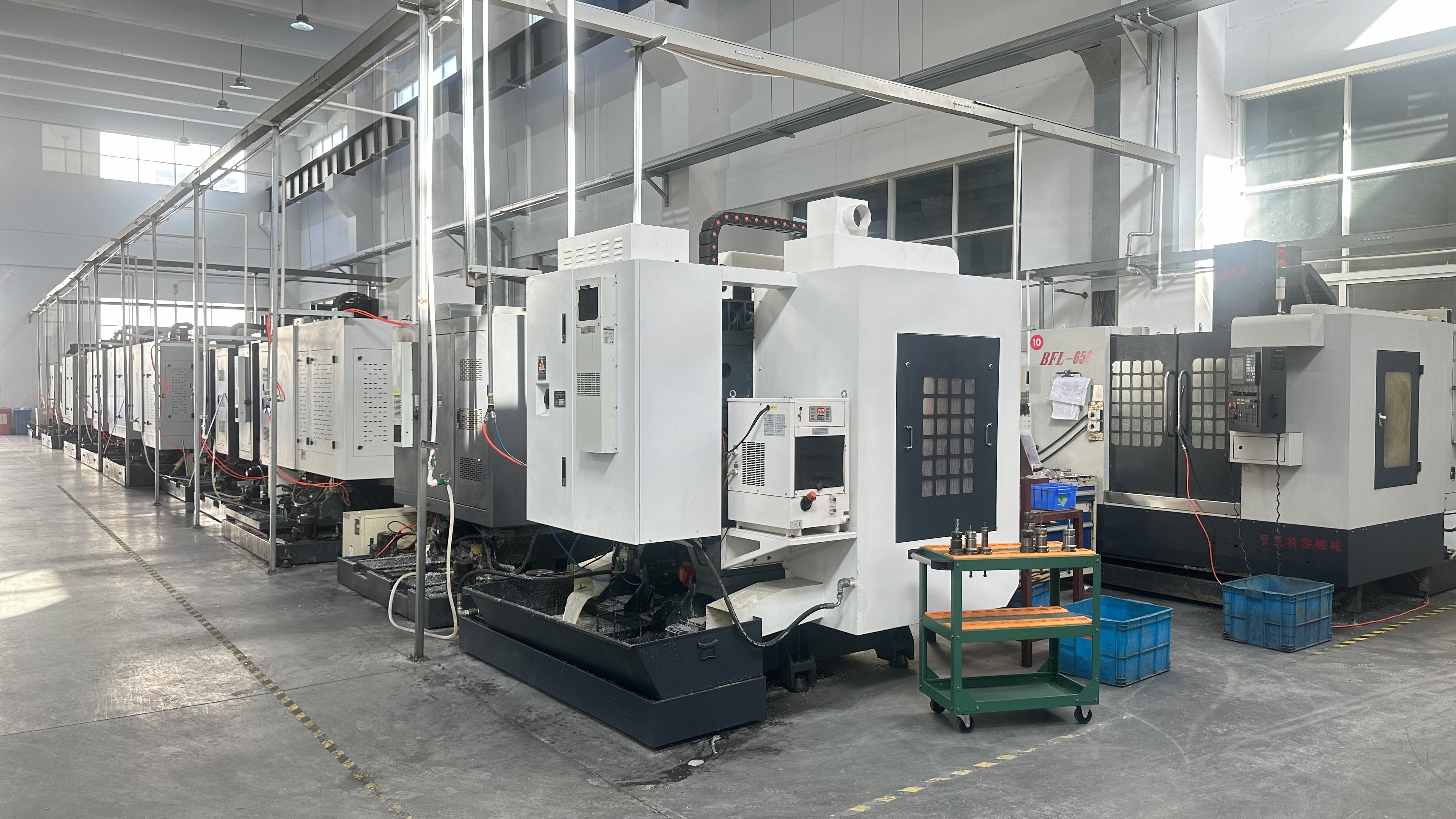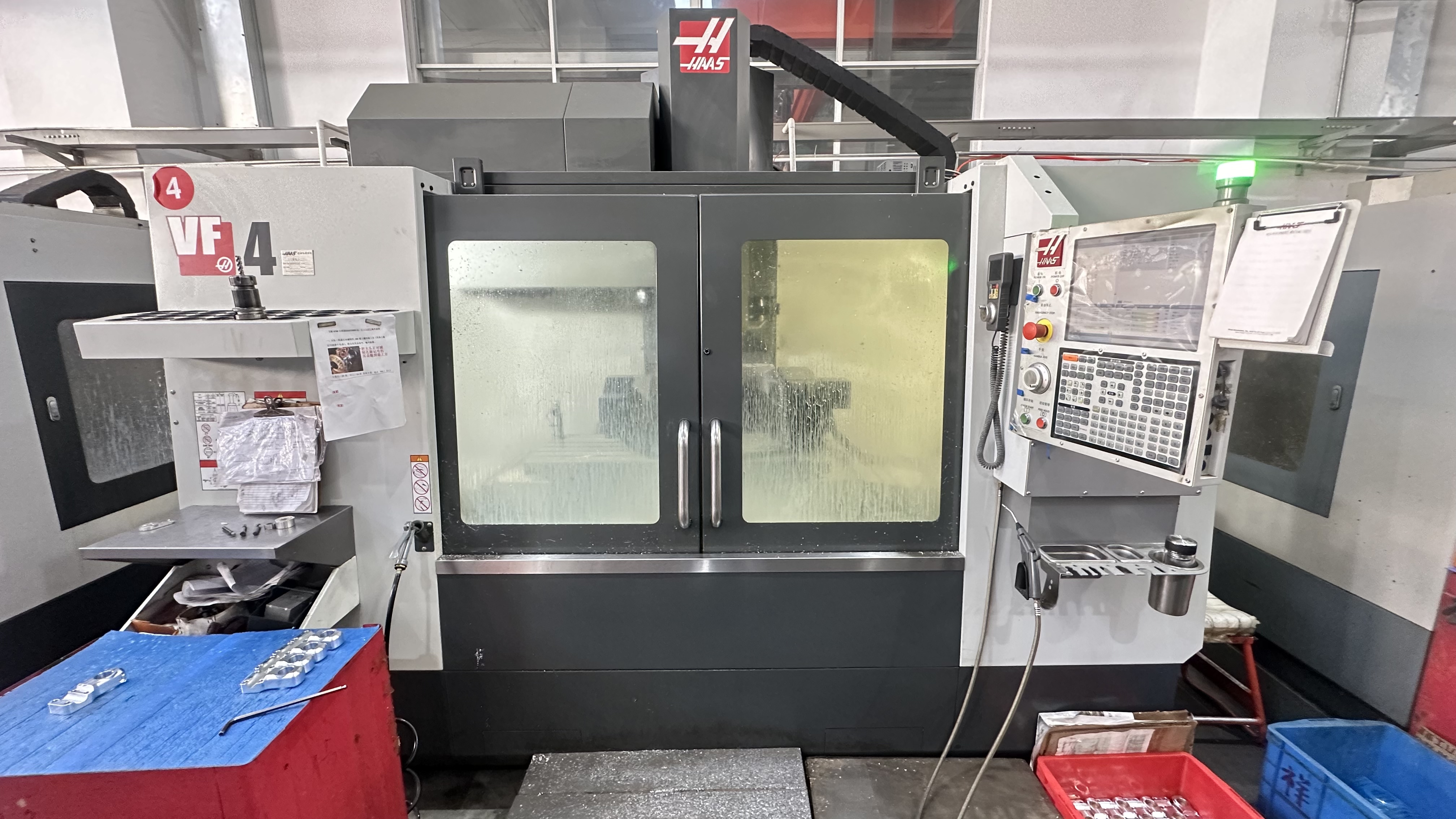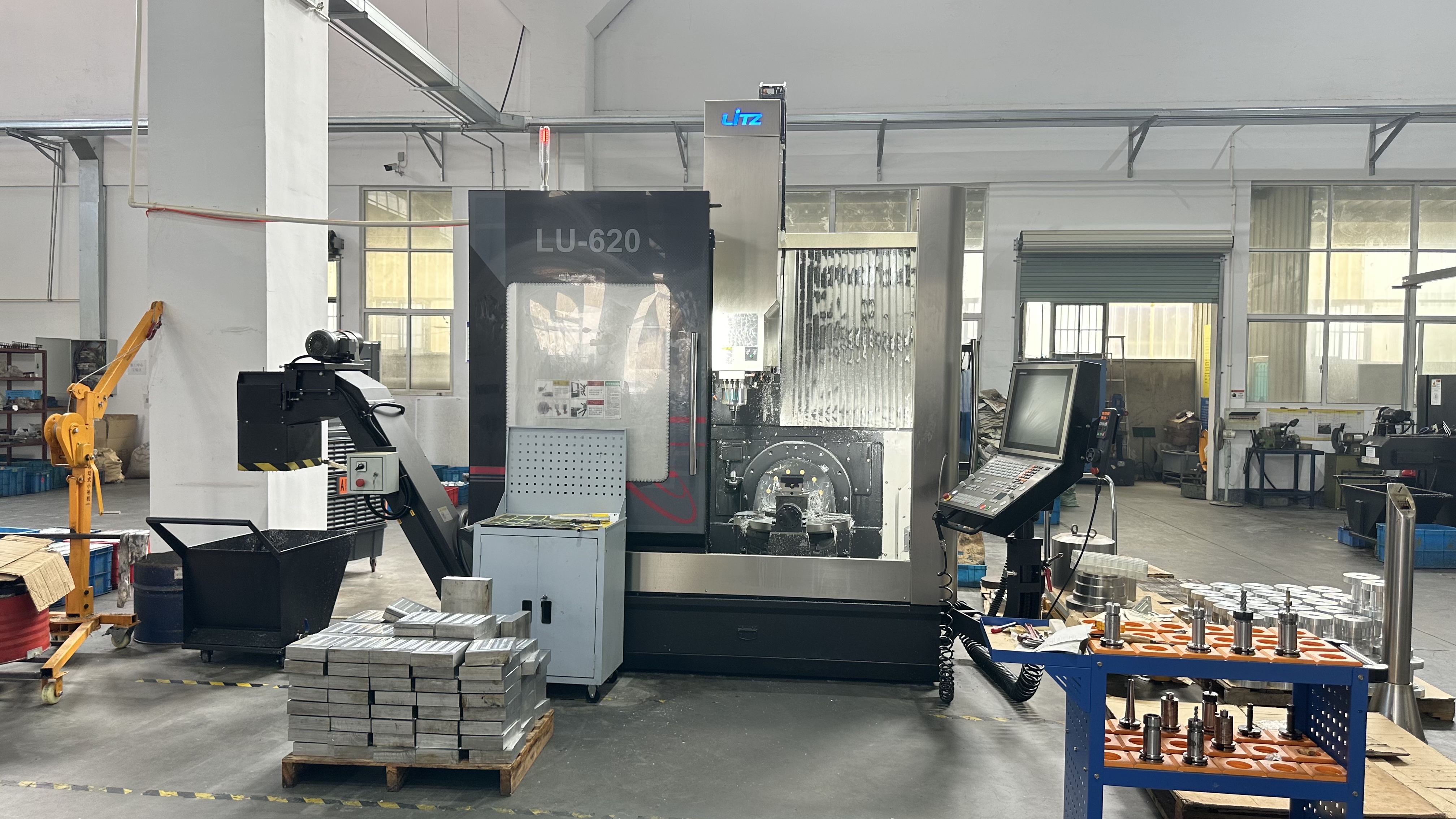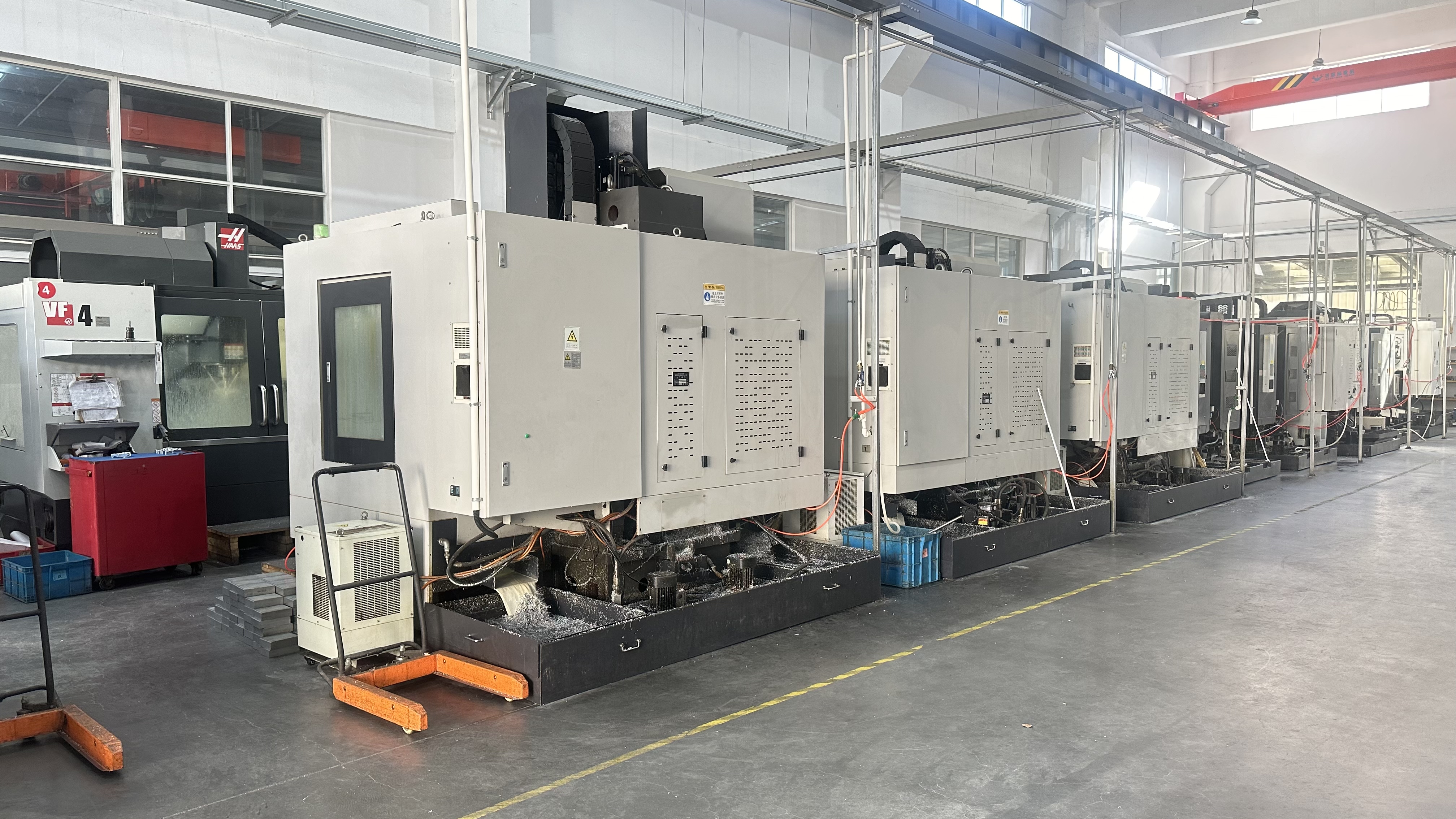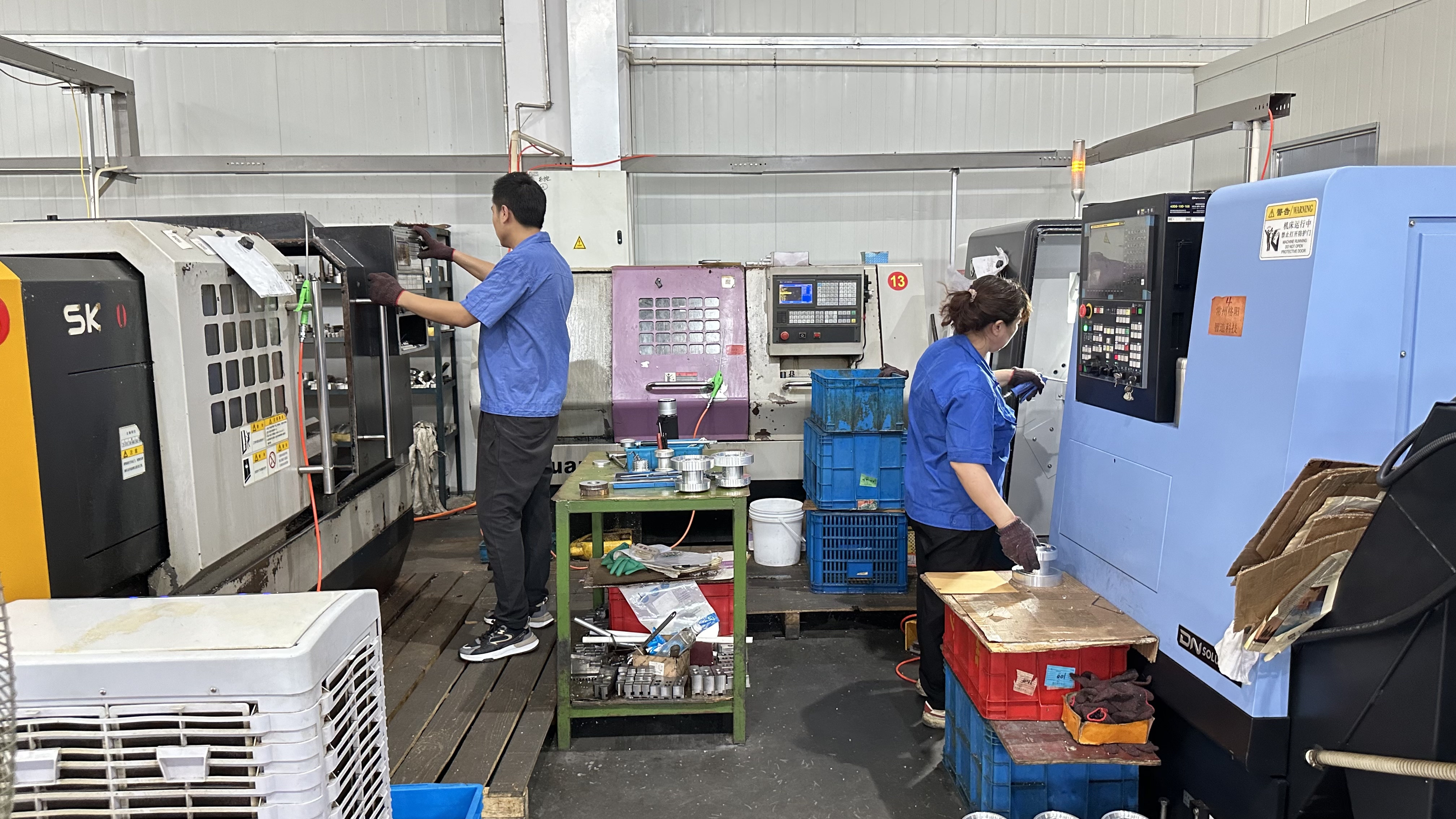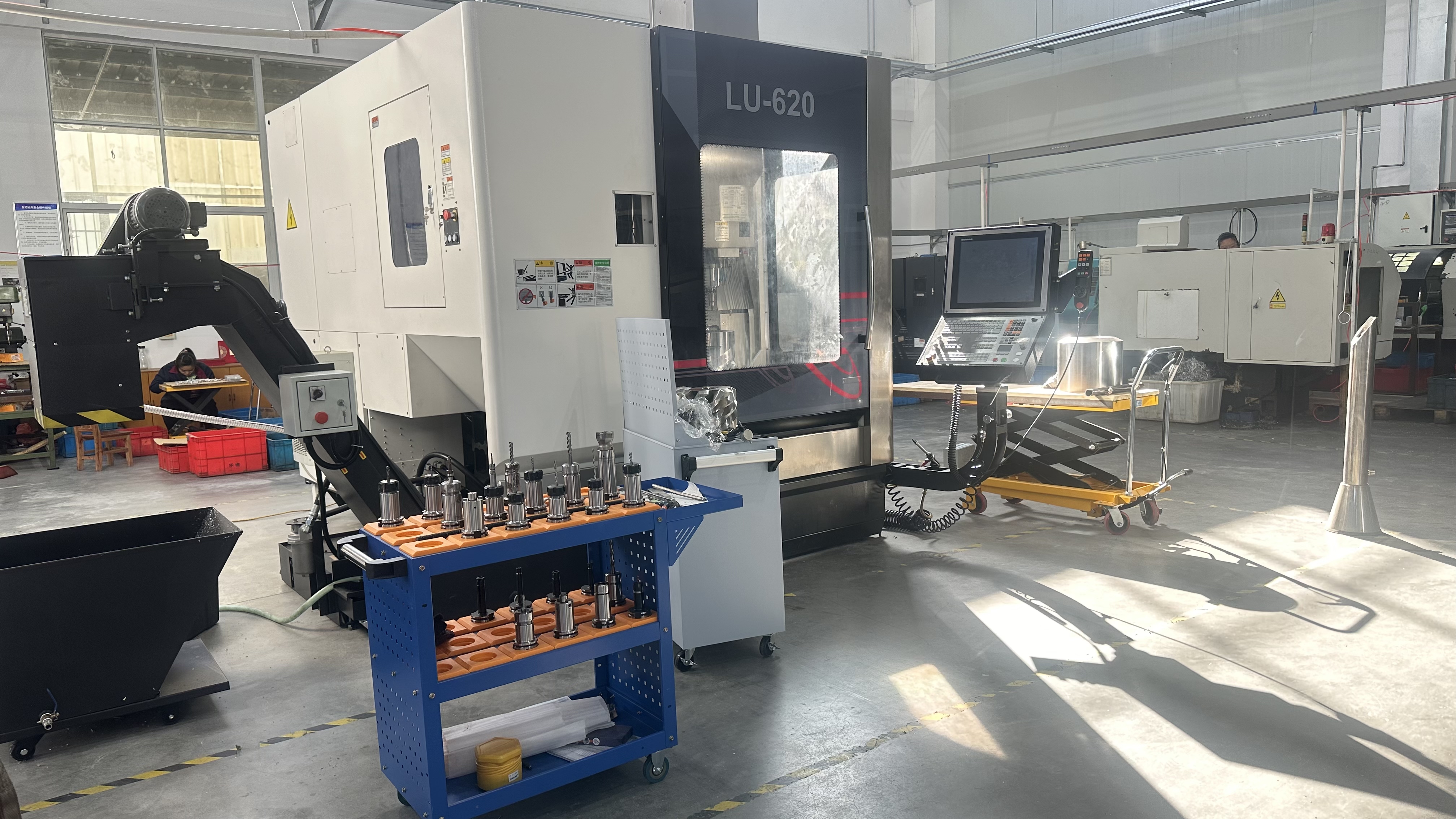Go Kart Disc Carrier: Precision Braking for Peak Performance
The Go Kart Disc Carrier is a critical braking component designed to securely mount the brake disc to the axle, ensuring reliable stopping power for go-kart racing and recreational use. Crafted from high-strength materials like 6061 T6 or 7075 T6 aluminum, it features precise CNC machining and fits axles from 25mm to 50mm, compatible with brake discs for engines like Predator 212cc, Rotax Max, IAME X30, or Briggs LO206. Suitable for chassis from Tony Kart, OTK, Manco, and Trailmaster, this carrier is ideal for racers, mechanics, and DIY enthusiasts, complementing your interest in performance parts like sprockets and mounts (March 18 and April 11-16, 2025). Whether you’re competing on a sprint track or upgrading a custom kart, the Go Kart Disc Carrier delivers lightweight durability, exact fitment, and enhanced braking efficiency for every turn.
What Is a Go Kart Disc Carrier?
A Go Kart Disc Carrier is a hub that attaches the brake disc to the kart’s axle, ensuring proper alignment and torque transfer during braking. Typically made from anodized aluminum for racing or steel for rugged use, it includes keyways (e.g., 6mm or 8mm) and bolt patterns (e.g., 70mm center-to-center) for secure mounting. This component stabilizes the disc, preventing wobble or slippage, and is essential for consistent braking performance, as seen in brands like Righetti Ridolfi and OTK.
Why Use a Go Kart Disc Carrier?
Disc carriers enhance braking precision by maintaining disc alignment, reducing pad wear and vibration, a priority in your drivetrain inquiries. Their lightweight aluminum construction cuts unsprung weight, improving handling, while robust designs withstand high-speed stresses, making them vital for racers seeking control or builders upgrading brakes for reliability, especially on demanding tracks or off-road courses.
Designed for Strength and Versatility
Our Go Kart Disc Carriers are engineered for 25mm to 50mm axles, with options for 180mm-205mm discs and universal or brand-specific fitment (e.g., Tony Kart, CRG). Available in black, gold, or red anodized aluminum or steel, they support karts with engines from 150cc to 300cc, offering a durable, adaptable solution for seamless braking across racing classes or casual setups.
Key Features of the Go Kart Disc Carrier
The Go Kart Disc Carrier combines advanced materials, meticulous craftsmanship, and practical design, making it a cornerstone of kart braking systems. Here’s what sets it apart.
CNC-Machined Aluminum Construction
Made from 6061 T6 (45,000 PSI) or 7075 T6 aluminum (73,000 PSI), these carriers weigh 0.3-0.8 pounds (e.g., 40mm at 0.5 lbs). Hard anodizing (30-50µm) ensures 700-1,200 hours of durability in wet or dusty conditions, resisting corrosion and wear, ideal for racing or rugged recreational use.
Precise Keyway and Bolt Fitment
Featuring 6mm or 8mm keyways and M6 bolt patterns (e.g., 70mm spacing), the carrier locks to axles with exact tolerances (0.01mm), preventing disc misalignment. This ensures consistent braking force, crucial for high-speed stops or technical corners, as required in Cadet or Senior classes.
Anodized Finish for Longevity
Hard-anodized coatings in vibrant colors (black, gold, red) enhance surface hardness (~400 HV), protecting against track debris and oxidation. This finish extends life in harsh conditions, offering racers and hobbyists a balance of aesthetics and durability without frequent replacements.
Universal or Model-Specific Design
Available for 25mm, 30mm, 40mm, or 50mm axles, carriers fit discs from 180mm to 205mm, supporting brands like OTK, CRG, or generic setups. Universal models use two M6 bolts for easy swaps, while model-specific options (e.g., Wright Karts Cadet) ensure plug-and-play precision, suiting varied kart builds.
Applications of the Go Kart Disc Carrier
The Go Kart Disc Carrier’s robustness and adaptability make it perfect for diverse karting needs, from elite racing to custom projects, aligning with your focus on performance components.
Competitive Kart Racing Braking
In sprint, oval, or TAG racing, this carrier secures discs on chassis like Tony Kart or OTK with engines like Rotax Max or IAME X30. It ensures precise braking for tight corners, reducing fade in Senior Max or KZ classes, keeping racers in control during high-stakes events.
Recreational Kart Brake Upgrades
For club racers or casual drivers with Predator 212cc or Honda GX200 engines, the carrier enhances stopping power on Manco or Yerf-Dog chassis. Its lightweight aluminum improves handling on backyard tracks, offering reliable braking for family karts or rentals with minimal maintenance.
Custom Kart Builds and Retrofits
DIY builders, like your interest in sprockets and mounts, use these carriers to upgrade brakes on bespoke karts with engines like Briggs LO206 or Tillotson. Anodized finishes add style to show karts, while universal fitment simplifies retrofitting, ensuring safe, precise stops in unique setups.
Off-Road and High-Stress Environments
In off-road or dirt conditions, the carrier’s anodized aluminum resists corrosion and debris, securing discs on rugged karts like Hammerhead. Its strength maintains braking integrity on trails, supporting reliable performance for adventurous setups in muddy or dusty settings.
Technical Specifications and Usage Guide
To ensure optimal performance, understanding the Go Kart Disc Carrier’s specs and installation is essential. Here’s a detailed breakdown.
Size and Compatibility
These carriers fit 25mm, 30mm, 40mm, or 50mm axles with 6mm or 8mm keyways, supporting 180mm-205mm brake discs (ventilated or solid). They’re compatible with chassis from Tony Kart, CRG, and Trailmaster, and engines from 150cc to 300cc (e.g., IAME KA100, Predator Ghost), ensuring broad fitment.
Material Strength and Durability
6061 T6 aluminum offers 45,000 PSI tensile strength, lasting 700-1,000 hours in dry conditions or 800 hours in wet with anodizing, while 7075 T6 (73,000 PSI) extends to 1,000-1,200 hours. Steel options (90,000 PSI) last 1,200-1,500 hours, all resisting track stresses for reliable braking.
Step-by-Step Installation Guide
Preparation: Verify axle size (e.g., 40mm) and disc compatibility (e.g., 200mm). Gather carrier, M6 bolts, disc, and tools (10mm wrench, hex key).
Positioning: Slide carrier onto axle, aligning keyway (e.g., 8mm). Attach disc to carrier, ensuring bolt holes (70mm spacing) match for centered fit.
Securing: Tighten M6 bolts to 8-12 ft-lbs in a star pattern, locking carrier to axle and disc. Check disc spins freely without wobble.
Final Check: Test brake pedal at idle to confirm engagement. Spin wheel to verify alignment, adjusting if disc rubs or vibrates.
Maintenance Tips
Inspect for cracks, anodizing wear, or loose bolts after races or wet runs, cleaning with a soft brush and mild solvent. Re-tighten bolts after 50 hours and replace if deformed or worn, typically after 700-1,500 hours depending on material and conditions. Store dry to prevent corrosion.




















